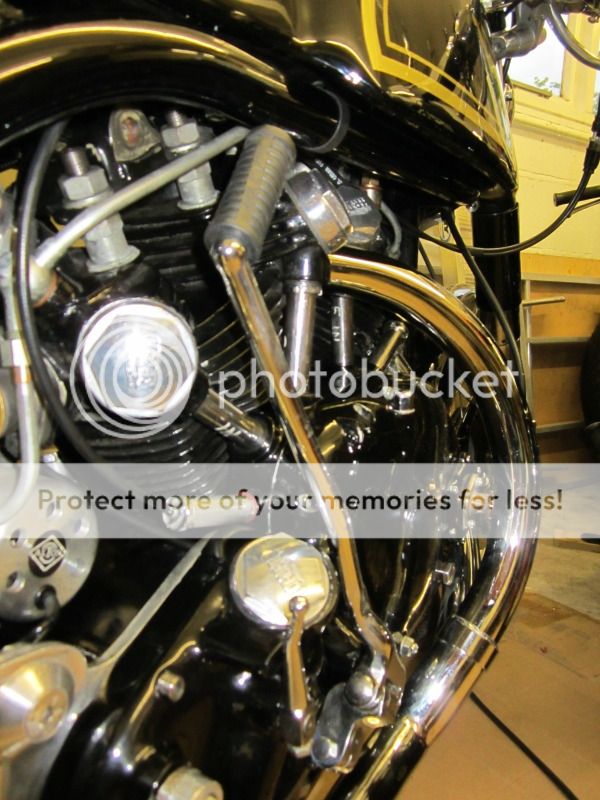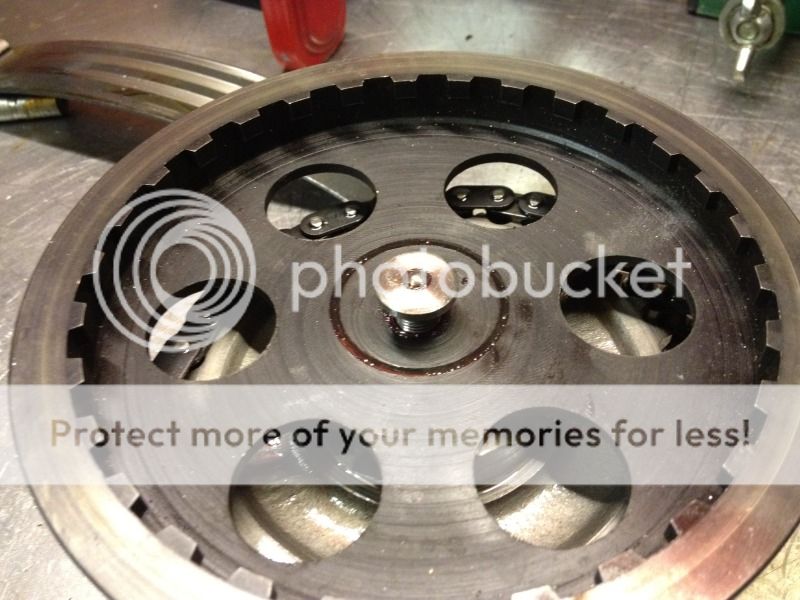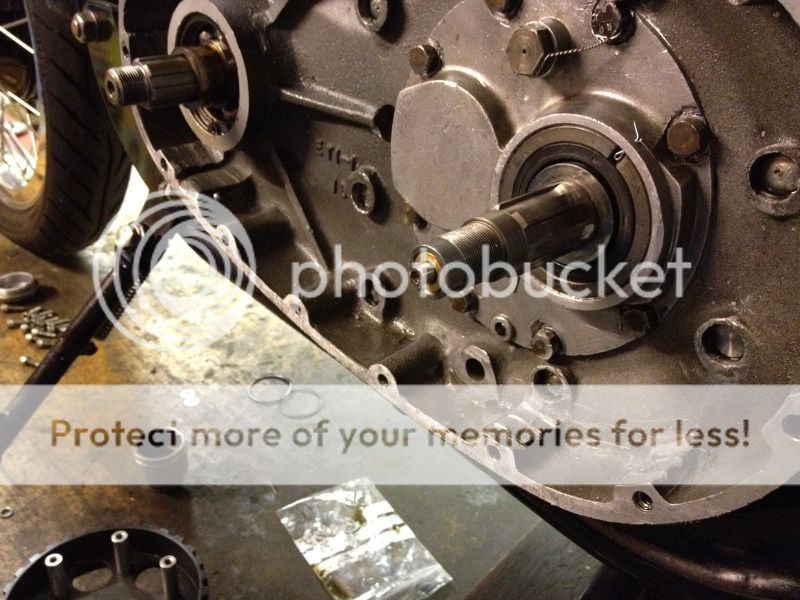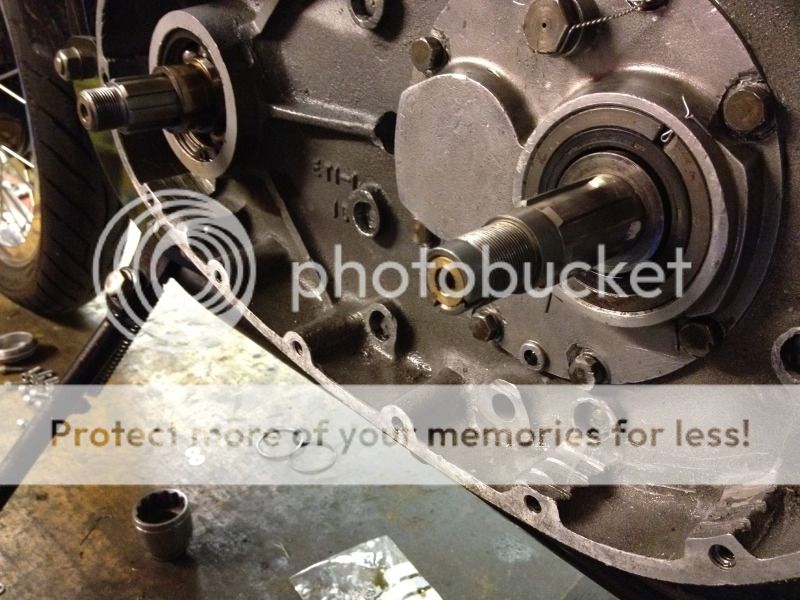Jim,
In the absence of a reply from John (I'm sure he'll get back to you) - The CB750 seems to have come in 2 lengths, there is a fairly short one, and one that apparently comes from a sport model about 1974 which is longer. Mine is the longer version and reaches the bottom of the back inspection cap, where John's reaches the top. If you're cutting and joining two together I can't see it matters which you go for. The Honda spline is smaller, so it leaves just enough room to cut a Vin one. You may need some fancy work on footrests and gearlever to avoid the kickstart, because it starts from above them, not below like the standard Vin one.
I haven't managed to fit mine yet due time constraints and commitments so I can't post a photo.
H
In the absence of a reply from John (I'm sure he'll get back to you) - The CB750 seems to have come in 2 lengths, there is a fairly short one, and one that apparently comes from a sport model about 1974 which is longer. Mine is the longer version and reaches the bottom of the back inspection cap, where John's reaches the top. If you're cutting and joining two together I can't see it matters which you go for. The Honda spline is smaller, so it leaves just enough room to cut a Vin one. You may need some fancy work on footrests and gearlever to avoid the kickstart, because it starts from above them, not below like the standard Vin one.
I haven't managed to fit mine yet due time constraints and commitments so I can't post a photo.
H




